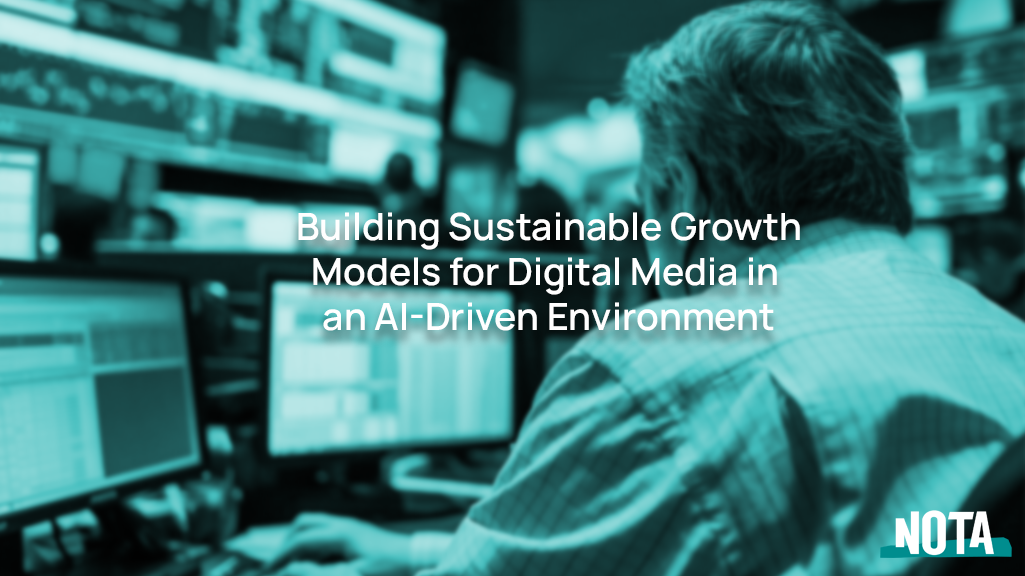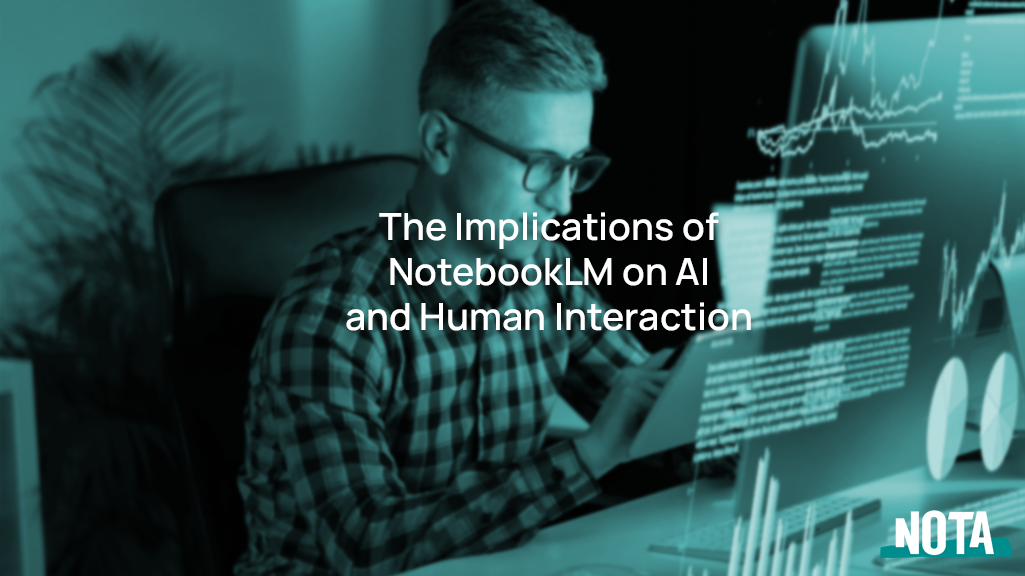As AI technologies continue to advance, media companies are racing to adapt their business models and leverage the power of AI to drive growth and engagement. However, navigating a rapidly-evolving, and often turbulent, landscape requires a delicate balance between innovation and sustainability. This post delves into the strategies and challenges that media organizations must confront as they seek to build growth models that can thrive in the era of AI.
Understanding the Challenges and Opportunities
As AI reshapes the face of digital media, there are huge challenges surrounding the ethics of AI in journalism, including concerns about misinformation and bias. However, the increasing reliance on AI also opens doors to personalized news recommendations and automated content creation. AI-powered tools, such as Natural Language Processing (NLP) models, allow media companies to analyze vast datasets to generate engaging, personalized content more efficiently. For instance, the Associated Press has been using AI to automate reporting tasks like corporate earnings reports, saving time and enabling journalists to focus on more complex stories.
Recent Trends in AI Integration
Over the past year, AI has made significant strides in shaping media strategies. For example, Reuters utilizes AI for automated alerts on economic data, enabling them to publish over 1,000 pieces of content monthly without human intervention. Furthermore, AI-driven personalization tools are enhancing audience engagement by providing tailored content recommendations based on user behavior. Media outlets like Gannett and Mediahuis have leveraged these tools to achieve user engagement increases of 60 percent and 23 percent, respectively.
Voices from Our Customers
Feedback from our customers reveals a growing interest in maximizing audience engagement through AI tools. Many media organizations are in discussions surrounding AI-driven initiatives, particularly in anticipation of major events such as the U.S. 2024 Presidential Election. These discussions emphasize the importance of efficient and engaging content production as they prepare for significant coverage demands.
Aligning AI with Brand Values
As media companies embrace AI, it is critical to ensure that their strategies align with brand values and audience expectations. As the 2024 elections approach, the AI Elections Accord serves as a beacon for companies striving to safeguard the democratic process against the risks associated with deceptive AI. Nota has signed on dozens of local television stations and publications to use its C2PA-compliant AI generation system, which provides clear guidelines for responsible AI usage, ensuring transparency within the media landscape.
Exploring New Revenue Streams
The potential for new revenue streams is substantial as organizations adopt AI tools. For instance, data monetization is a key opportunity; media companies can leverage first-party data to provide personalized content recommendations that increase engagement and unlock new revenue streams.
Additionally, AI can streamline content licensing processes, allowing organizations to track digital content usage more efficiently. Moreover, the integration of e-commerce capabilities into content creates affiliate marketing partnerships, enabling media outlets to earn revenue from product recommendations.
Investing in a Foundation of AI Infrastructure
For media organizations to thrive in this AI-driven environment, significant investments in AI infrastructure and talent development are essential. Companies should focus on assembling data science teams and leveraging AI tools to navigate the complexities of content delivery and audience analytics. Utilizing AI to generate predictive insights can inform editorial decisions and content strategies.
Addressing Common Hurdles
While the integration of AI presents promising opportunities, common hurdles remain. Many organizations grapple with the challenge of ensuring that AI-generated content maintains authenticity and does not contribute to misinformation. Identifying specific barriers and developing strategies to navigate these challenges will be critical in this journey. Establishing AI governance frameworks can help media companies address ethical concerns and build trust among audiences.
Addressing the talent and skills gap is also crucial. Many media companies face challenges in recruiting and retaining the right talent needed to implement AI effectively. Investing in reskilling programs for existing employees and partnering with educational institutions can bridge this knowledge gap.
Another significant hurdle is ensuring high-quality data and managing data processes. Organizations that emphasize data preparation often spend more time cleaning data than deploying AI models, which can impede progress. Investing in advanced data processing tools can streamline this effort, allowing quicker adoption of AI solutions. Additionally, finding ways to enhance energy efficiency in AI operations is increasingly vital as companies look to reduce costs while adopting sustainable practices.
Conclusion
Media companies must balance innovation with sustainability as they adapt to an AI-driven future. Key focus areas include addressing ethical challenges, leveraging AI for personalized content, exploring new revenue streams, investing in infrastructure and talent, and enhancing skills through reskilling programs. By embracing these strategies, organizations can future-proof their operations in an environment that promises to continue changing rapidly in the coming years.



